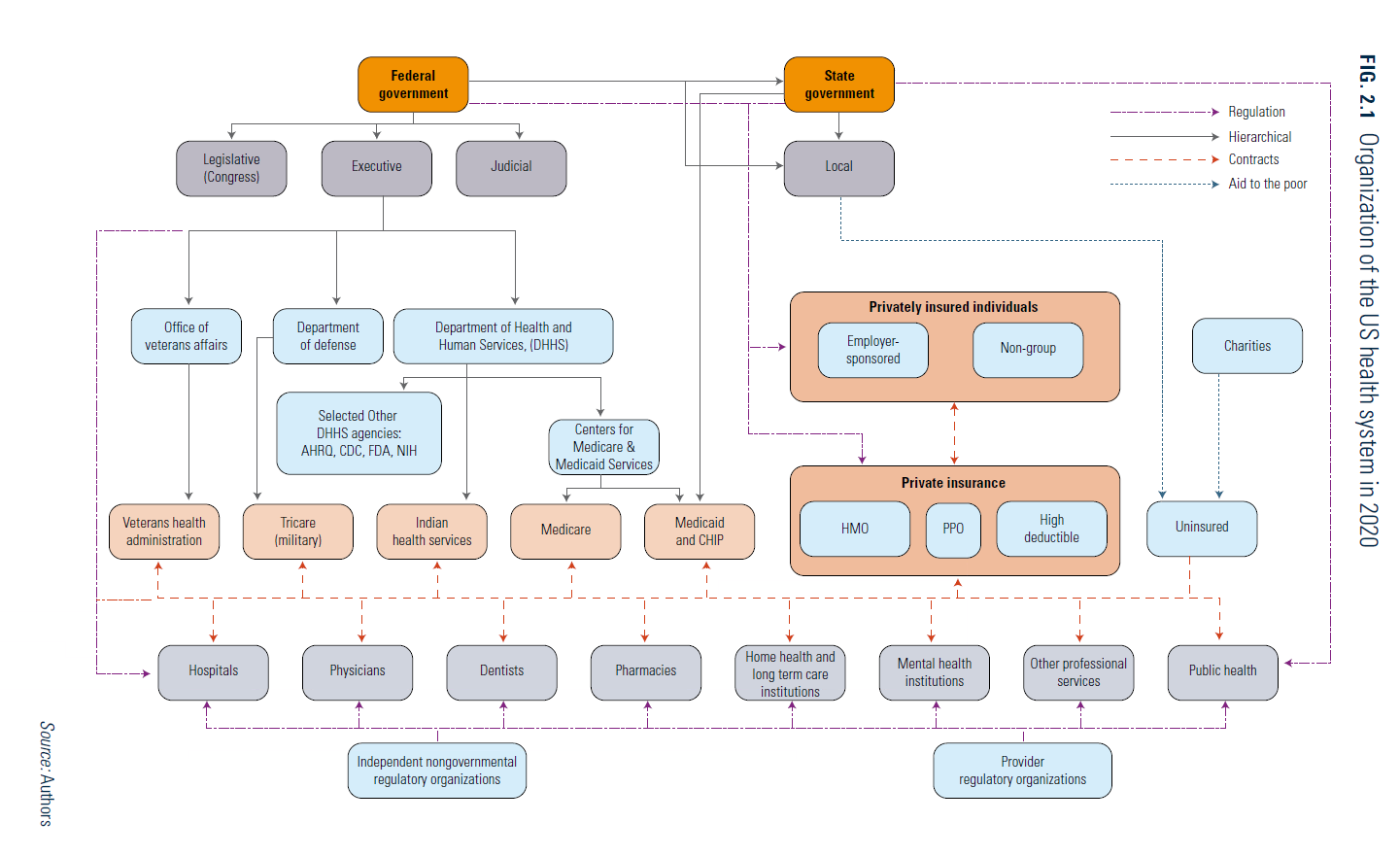The second edition of “United States: Health System Review,” co-authored by Thomas Rice, UCLA Fielding School of Public Health distinguished professor of health policy and management and published by the World Health Organization, is now available. The work, first published in 2013 and extensively updated for the new 2020 edition, makes clear the problems the United States faces in delivering healthcare, lead author Rice said.
“Our country’s health system has both considerable strengths and notable weaknesses; we have a large and well-trained health workforce and a wide range of high-quality medical specialists, as well as secondary and tertiary institutions, a robust health sector research program and, for some, among the best medical outcomes in the world,” Rice said. “But the U.S. also suffers from incomplete coverage of our citizenry and health expenditure levels per person far exceeding all other countries.”
The authors, who include scholars from universities in California, Florida, Texas, and Virginia, point out that:
- The United States spends far more money on healthcare per head than any other country – 30% more than the second-highest country, Switzerland.
- Because of the U.S. federal and private healthcare systems, the totals also vary widely between different states and territories; spending per head ranging from about $6000 in Utah to more than $12 000 in the District of Colombia.
- Public sources constitute just under half of healthcare expenditures in the United States, private third party payer sources about 40%, with the remaining 11% being paid by individuals out of pocket.
- Even though the proportion of public and private spending on healthcare is roughly comparable, only a minority (36%) of the US population is covered by the public financing system – mainly through Medicare and Medicaid.
- Currently, the majority of Americans (55%) receive their coverage from private health insurance, with most privately insured individuals obtaining coverage through an employer.
- One in 10 Americans remains uninsured.
A complex and expensive system has not led to the best returns for the money, according to co-author Andrew Barnes, associate professor of Health Behavior and Policy at Virginia Commonwealth University, and a graduate of the Ph.D. program in Health Policy and Management at the Fielding School.
“The United States ranked in the bottom quartile in life expectancy among 36 wealthy countries, at 78.7 years, which is about two years below the median,” Barnes said. “The only countries that are lower have per capita GDPs about half that of the United States, and the relative position of the United States has fallen over time.”
As recently as 1980, for example, U.S. life expectancy was at the median, exceeding Austria, Belgium, Germany, and the United Kingdom. In terms of infant mortality, U.S. rates have declined substantially over the past three decades but not as fast as other countries. As a result, the U.S. ranks among the highest in infant mortality among relatively wealthy countries.
“In 2014, the most recent year in which comparable data are available, the U.S. had the highest infant mortality rate of any country with comparable income; the only ones with higher rates are Chile, Mexico, and Turkey,” Barnes said. “Although U.S. rates have dropped considerably – 37% in the 24-year period ending in 2014 – other countries’ rates have declined faster.”
Spain is an example of how much other countries have improved. In 1970 its infant mortality rate was 40% higher than that of the U.S., which in 1970 was almost at the median. In 2014, Spain had fewer than half the number of infant deaths as the U.S. Infant mortality rates do vary a great deal within the US, however. Massachusetts’ rate of 3.9 deaths per 1000 births, for example, is less than half that of Alabama, Louisiana and Mississippi – although still above the European average.
“One possible reason for the poor showing of U.S. infant mortality relates to pre-term babies – although it is not the only reason,” Rice said. “More such babies are born in the U.S., which could be due both to problems with prenatal care and the health of mothers, but also because more of an effort is made in the U.S. to save such babies.”
The data included in the revised 2020 edition make it clear that addressing the issues depends greatly on political decisions at the national level, Rice said.
“The adoption of the Affordable Care Act in 2010 resulted in greatly improved coverage – but a change in political administration resulted in subsequent efforts to scale back the legislation,” Rice said. “The direction of future health policy will almost certainly depend on which political party is in power.”
The UCLA Fielding School of Public Health, founded in 1961, is dedicated to enhancing the public’s health by conducting innovative research, training future leaders and health professionals from diverse backgrounds, translating research into policy and practice, and serving our local communities and the communities of the nation and the world. The school has 631 students from 26 nations engaged in carrying out the vision of building healthy futures in greater Los Angeles, California, the nation and the world.


